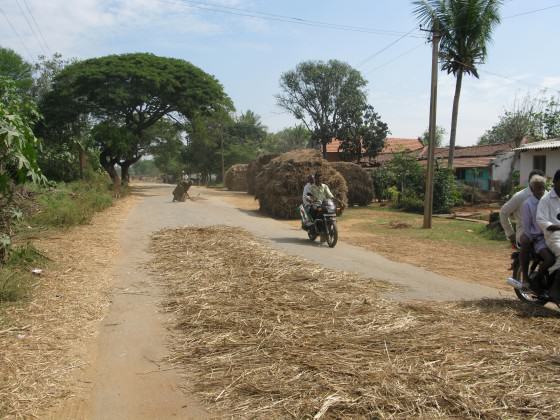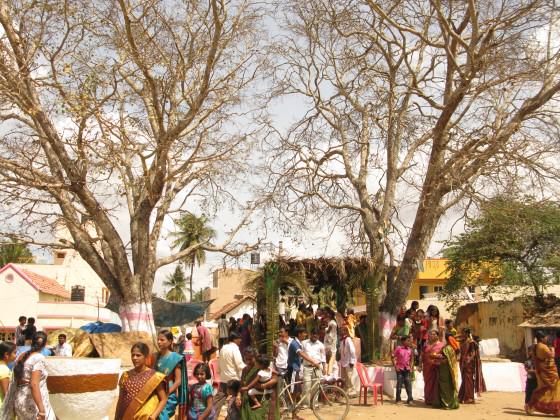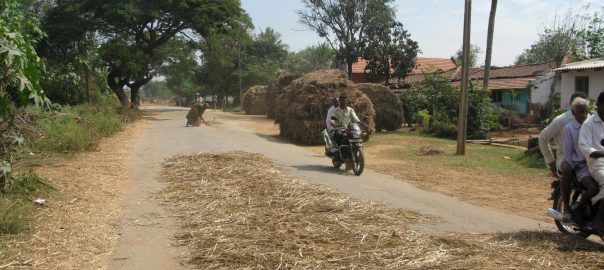Popular descriptions of urbanization these days often describe humanity as having entered a “new urban era“, with more people living in cities today than they do in rural areas. Urban areas have a large footprint of impact on the rural countryside, and the line between the urban and the rural is particularly challenging to make in many parts of the world, where peri-urban areas, and even remote rural villages are dominated by the footprint of urban residents who extract resources from villages, pollute far away rivers and deforest remote landscapes, send remittances back to rural homes, and alter rural lifestyles towards more urban, consumptive behavior (Photograph 1).

Policy makers and planners rely on hard distinctions between the urban and rural to devise strategies for urban planning, but such strategies are complicated by the fluidity between the rural and the urban.
Much attention has been given to differentiating the expanded footprint of the city on rural landscapes, through approaches such as the mapping of urban-rural gradients, that extend from the city center out past peri-urban and suburban landscapes to the rural environment. But equally common, though much less discussed, is the phenomenon of rurality within a city. The expansion of cities in many predominantly rural landscapes in Asia, Africa and Latin America has resulted in the city engulfing whole villages within its boundary, amoeba-like. These villages then exist within the city, often becoming converted to peri-urban slums with rural huts complete with livestock, co-existing next to affluent high rise apartments inhabited by software engineers. These areas tend to become the locus for rural migrants, leading to congestion in these areas coupled with high poverty and difficult living conditions. Such villages in the city are becoming increasingly common across Indian cities. Yetcity planners tend largely to ignore these areas, or at the most, term them urban slums. The dichotomous approach of the urban planner and the limitation of the discrete view of the urban vs the rural truly breaks down in such contexts.
In the Indian city of Bangalore, this is clearly apparent in areas within the city center, as well as at the periphery, where the influence of the rural is obvious. Many of the former villages located within Bangalore’s limits are easy to recognize based on obvious physical features such as the presence of rural style houses with thatched sloping roofs, the presence of Ashwath Kattes (Photograph 2), raised platforms around a sacred tree that create a central place for people to meet and talk, and the presence of livestock including cows and pigs in the heart of the city (Photograph 3).


Thus, cities do not only undergo a one-way path towards increased globalization and homogeneity of lifestyles and livelihoods. Cities in many parts of the world, as far flung as Beijing, Mexico City, Kampala and Bangalore, exhibit forms of rurality that are uniquely, intensely local. We need new ways to conceptualize, examine, illustrate and manage such scenarios. Urban studies need to move well beyond discrete conceptualizations of the rural vs the urban — even, I would argue, beyond approaches that attempt to characterize urban vs rural gradients in linear term — towards more continuous, multi-variable approaches that can truly capture and illustrate the multi-faceted nature of rurality within the city in a manner that captures some of its true complexity, and provide a way to still retain the unique charm of the local within the rapidly globalizing city.
Harini Nagendra
Bangalore







Leave a Reply